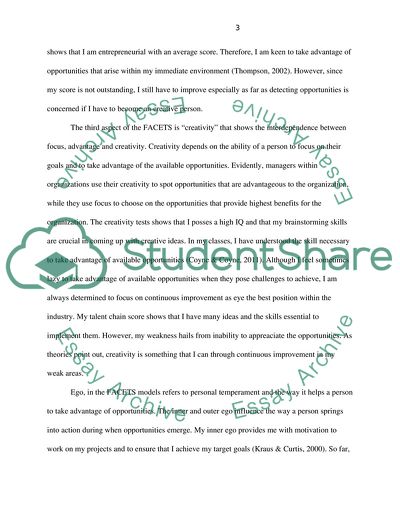Cite this document
(Personal Reflection on Entrepreneur Creativity Potential Essay, n.d.)
Personal Reflection on Entrepreneur Creativity Potential Essay. https://studentshare.org/marketing/1862608-evaluation-of-entrepreneurial-creativity-and-innovation
Personal Reflection on Entrepreneur Creativity Potential Essay. https://studentshare.org/marketing/1862608-evaluation-of-entrepreneurial-creativity-and-innovation
(Personal Reflection on Entrepreneur Creativity Potential Essay)
Personal Reflection on Entrepreneur Creativity Potential Essay. https://studentshare.org/marketing/1862608-evaluation-of-entrepreneurial-creativity-and-innovation.
Personal Reflection on Entrepreneur Creativity Potential Essay. https://studentshare.org/marketing/1862608-evaluation-of-entrepreneurial-creativity-and-innovation.
“Personal Reflection on Entrepreneur Creativity Potential Essay”. https://studentshare.org/marketing/1862608-evaluation-of-entrepreneurial-creativity-and-innovation.


